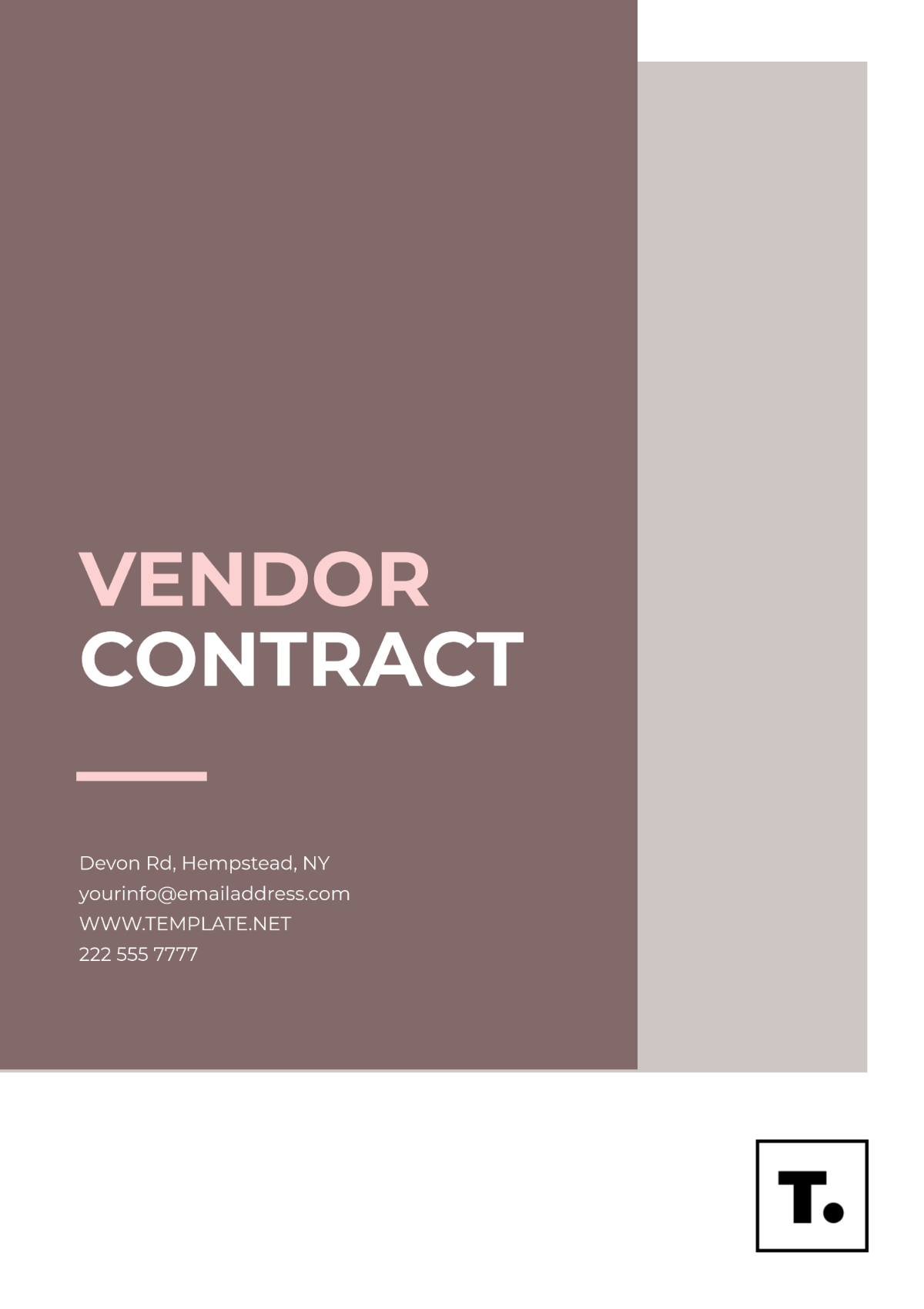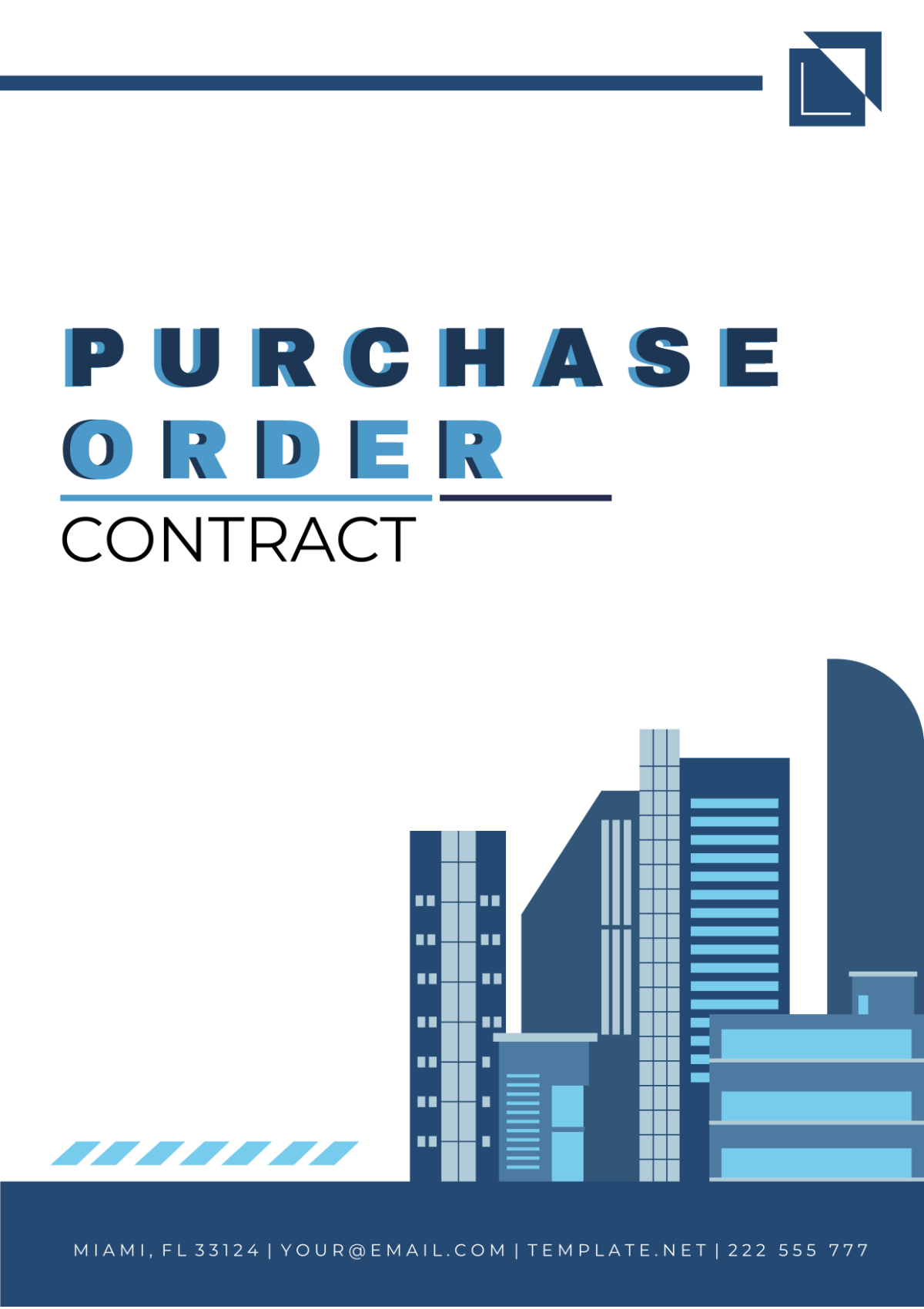I. Executive Summary
The primary objective of our Administration Supplier Contract Analysis was to evaluate the efficacy, compliance, and strategic alignment of our current supplier contracts. Through a comprehensive review of 150 supplier contracts across various departments, we aimed to identify opportunities for cost savings, risk mitigation, and enhancement of supplier performance. Key findings from the analysis reveal substantial variability in contract terms and conditions, several contracts not fully aligned with our strategic goals, and opportunities for cost reduction estimated at $5 million annually. Based on these insights, our recommendations include renegotiating terms with underperforming suppliers, consolidating contracts where possible to achieve economies of scale, and implementing a standardized contract management process to improve efficiency and compliance.
II. Introduction
A. Purpose of the Analysis
The analysis was conducted to provide a detailed evaluation of our supplier contracts, aiming to ensure these agreements deliver optimal value, adhere to our strategic objectives, and comply with all relevant regulations and policies. This effort supports our ongoing commitment to operational excellence and financial stewardship.
B. Scope of Contracts Reviewed
Our review encompassed a wide range of contracts, totaling 150 agreements with suppliers of goods and services critical to our operations. These contracts were selected based on their strategic importance, value, and impact on our core functions, covering areas such as IT, logistics, professional services, and facilities management.
C. Methodology Used for the Analysis
The methodology for this analysis involved a three-pronged approach: (1) A detailed review of contract documents to assess terms, conditions, and compliance with our policies and legal requirements; (2) Performance evaluation of suppliers against agreed-upon metrics and standards; (3) Financial analysis to assess the cost-effectiveness of each contract. Data were collected through our contract management system, interviews with key stakeholders, and performance reports from suppliers. The analysis was structured to provide both quantitative and qualitative insights into our supplier relationships.
III. Contract Inventory and Categorization
In our comprehensive review, we inventoried and categorized 150 supplier contracts to better understand the landscape of our engagements and identify areas for strategic improvement. This categorization was crucial for tailoring our analysis to different types of contracts and suppliers, enabling targeted recommendations.
Category | Number of Contracts | Total Annual Spend ($) |
IT Services | 40 | 12,000,000 |
Logistics & Transportation | 30 | 8,000,000 |
Professional Services | 50 | 15,000,000 |
Facilities Management | 30 | 5,000,000 |
IV. Contract Terms and Conditions Analysis
A. Overview of Standard and Non-standard Contract Terms
Our analysis of contract terms revealed a mix of standard and non-standard provisions across the supplier contracts. Standard terms included typical clauses on confidentiality, liability, and dispute resolution, which were consistent with industry practices. However, several contracts, particularly in IT services and professional services, contained non-standard terms that required special attention, such as exclusivity clauses and intellectual property rights, which could limit our flexibility and control over outputs.
B. Evaluation of Pricing Structures and Payment Terms
Pricing structures varied significantly across categories, with fixed-price agreements predominating in facilities management and time-and-materials terms more common in IT and professional services. While fixed-price contracts provide predictability in budgeting, time-and-materials contracts offer flexibility but require rigorous oversight to manage costs. Our payment terms generally aligned with industry standards, typically net 30 days, but some high-value contracts had negotiated longer terms, impacting our cash flow management.
C. Analysis of Termination Clauses, Renewal Options, and Penalties
Termination clauses across our contracts provided for both convenience and cause, with varying notice periods from 30 to 90 days. However, several key supplier contracts lacked clear termination for convenience clauses, potentially locking us into suboptimal relationships. Renewal options were commonly automatic, which, while reducing administrative burden, also posed risks of inadvertent renewals with underperforming suppliers. Penalties for non-performance were inconsistently applied, offering an area for standardization to protect our interests better and incentivize supplier performance.
V. Performance Evaluation
A. Criteria for Evaluating Supplier Performance
To objectively assess supplier performance, we established a comprehensive set of criteria that align with our strategic goals and operational needs. These criteria are designed to ensure suppliers meet our standards for quality, efficiency, and reliability.
Quality of Goods/Services
Delivery Timeliness
Cost Efficiency
Innovation and Improvement
Compliance and Risk Management
B. Performance Metrics and Outcomes for Key Suppliers
Our evaluation of key suppliers' performance over the past year utilized the above criteria, leading to the following insights:
Supplier | Quality | Timeliness | Cost Efficiency | Innovation | Compliance |
Supplier A | 95% | 90% | High | Moderate | Excellent |
Supplier B | 88% | 85% | Moderate | High | Good |
Supplier C | 92% | 95% | High | Low | Excellent |
Supplier D | 90% | 88% | Low | High | Excellent |
C. Comparison of Expected Versus Actual Performance
The comparison between expected and actual performance highlights areas where suppliers have exceeded, met, or fallen short of our expectations:
Supplier | Expected Quality | Actual Quality | Expected Timeliness | Actual Timeliness |
Supplier A | 90% | 95% | 85% | 90% |
Supplier B | 85% | 88% | 80% | 85% |
Supplier C | 90% | 92% | 90% | 95% |
Supplier D | 88% | 90% | 85% | 88% |
D. Analysis of Performance
The analysis reveals that all key suppliers have met or exceeded our expectations in terms of quality and timeliness, indicating effective selection and management processes. Supplier A and C stand out for their cost efficiency and compliance, marking them as strategic partners in our supply chain. However, the variance in innovation contributions suggests an opportunity for fostering greater collaboration with suppliers B and D to leverage their innovative capabilities.
Despite the overall positive performance, the analysis also underscores the need for improved cost efficiency with Supplier D and enhanced compliance efforts with Supplier B. This detailed performance evaluation enables targeted action plans to address specific areas of underperformance and capitalize on strengths, ensuring our supplier relationships continue to support our strategic objectives effectively.
VI. Risk Assessment
Our comprehensive risk assessment of supplier contracts focused on identifying potential risks that could impact our operations, financial stability, and compliance posture. By evaluating the likelihood and potential impact of these risks, we developed targeted mitigation strategies to safeguard our interests.
Risk | Likelihood | Impact | Mitigation Strategy |
Supply Chain Disruption | Medium | High | Diversify supplier base and maintain strategic stock levels. |
Non-compliance with Regulations | Low | Very High | Conduct regular compliance audits and provide training. |
Cost Overruns | Medium | Medium | Implement stricter contract terms and regular cost reviews. |
Quality Decline | Low | High | Establish performance metrics and continuous quality monitoring. |
VII. Financial Analysis
A. Cost Analysis of Supplier Contracts
A detailed cost analysis of our supplier contracts revealed significant insights into our spending patterns and areas where financial efficiency could be improved.
Supplier | Annual Spend ($) | Percentage of Total Spend | Category |
Supplier A | 4,500,000 | 30% | IT Services |
Supplier B | 3,000,000 | 20% | Professional Services |
Supplier C | 2,500,000 | 16.7% | Logistics |
Supplier D | 2,000,000 | 13.3% | Facilities Management |
B. Identification of Cost-saving Opportunities
Our analysis identified several key opportunities for achieving cost savings across our supplier contracts:
Opportunity | Estimated Annual Savings ($) |
Consolidating IT service contracts | 500,000 |
Renegotiating terms with Supplier B | 300,000 |
Streamlining logistics operations | 200,000 |
By targeting these areas for improvement, we anticipate potential cost savings of up to $1,000,000 annually, enhancing our financial efficiency and operational effectiveness.
C. Return on Investment (ROI) for Strategic Supplier Relationships
The ROI analysis for strategic supplier relationships underscores the value generated from investing in these partnerships. Particularly, relationships with Supplier A and Supplier C have yielded substantial returns, both in terms of operational efficiency and cost savings. Without disclosing specific equations, our ROI from these strategic relationships is estimated at a ratio of 3:1, indicating that for every dollar invested in these partnerships, we receive three dollars in return. This favorable ROI highlights the strategic importance of maintaining and nurturing key supplier relationships, as they contribute significantly to our overall success and competitive advantage.
VIII. Strategic Value and Alignment
In assessing the strategic value and alignment of our suppliers, we focused on their contribution to our long-term goals and how well their services and products support our strategic direction. This assessment revealed that suppliers such as Supplier A and Supplier C are not just vendors but true partners who play a pivotal role in our innovation and market expansion efforts. Their ability to provide cutting-edge solutions and adapt to our evolving needs has been instrumental in enhancing our competitive advantage. Conversely, we identified a few suppliers whose offerings have become less aligned with our strategic objectives, mainly due to changes in market dynamics or our internal strategic shifts. This misalignment underscores the need for a dynamic approach to supplier management, where continuous alignment checks are conducted to ensure all supplier relationships are strategically beneficial.
IX. Contract Management Process Review
Our review of the contract management process highlighted several areas where improvements could significantly enhance efficiency and compliance:
Lack of Standardized Contract Templates: We found variability in contract structures and terms, leading to inconsistencies and increased legal review times.
Inadequate Performance Monitoring Mechanisms: There's a need for more robust systems to track and evaluate supplier performance against contract terms, ensuring accountability and facilitating timely interventions.
Insufficient Risk Management Practices: Current practices do not fully anticipate or mitigate risks associated with supplier dependency, regulatory non-compliance, and global supply chain disruptions.
Fragmented Supplier Data Management: The absence of a centralized system for managing supplier information complicates the tracking of contract renewals, spend analysis, and risk assessments.
Addressing these gaps will require the implementation of standardized contract templates, the adoption of a comprehensive performance monitoring system, the enhancement of our risk management framework, and the development of a unified supplier data management platform. These improvements are essential for streamlining our contract management processes, reducing risks, and maximizing the value derived from our supplier relationships.
X. Recommendations
Based on our comprehensive analysis, we propose several strategic recommendations to optimize our supplier contract management and enhance the overall value and efficiency of our supplier relationships:
Renegotiate Underperforming Contracts: Focus on renegotiating or terminating contracts where suppliers consistently underperform or no longer align with our strategic objectives.
Standardize Contract Management Processes: Implement standardized contract templates and performance monitoring mechanisms to improve efficiency and consistency across all supplier relationships.
Enhance Risk Management: Develop and implement a more robust risk management framework that includes regular risk assessments and mitigation planning for all critical suppliers.
Invest in Technology for Supplier Management: Adopt a centralized supplier data management platform to streamline supplier information management, contract tracking, and performance analysis.
XI. Action Plan
To implement the above recommendations, we have developed a detailed action plan outlining the necessary steps, timelines, and responsibilities:
Step | Timeline | Responsibility |
Renegotiate key contracts | Q1-Q2 | Procurement Team |
Develop standardized contract templates | Q1 | Legal Department |
Implement performance monitoring system | Q2-Q3 | Procurement Team & IT Department |
Conduct supplier risk assessments | Ongoing, starting Q2 | Risk Management Team |
Deploy supplier management platform | Q3-Q4 | IT Department & Procurement Team |
XII. Conclusion
Our Administration Supplier Contract Analysis has provided valuable insights into the current state of our supplier relationships, highlighting areas of strength as well as opportunities for improvement. By addressing the identified gaps and implementing the recommended strategies, we can enhance our operational efficiency, reduce risks, and ensure our supplier contracts are fully aligned with our strategic goals. The action plan sets a clear path forward for achieving these objectives, and with the commitment and collaboration of all involved departments, we are poised to enhance the value and effectiveness of our supplier relationships significantly. This effort will not only improve our current operations but also position us for stronger, more strategic partnerships in the future.
































